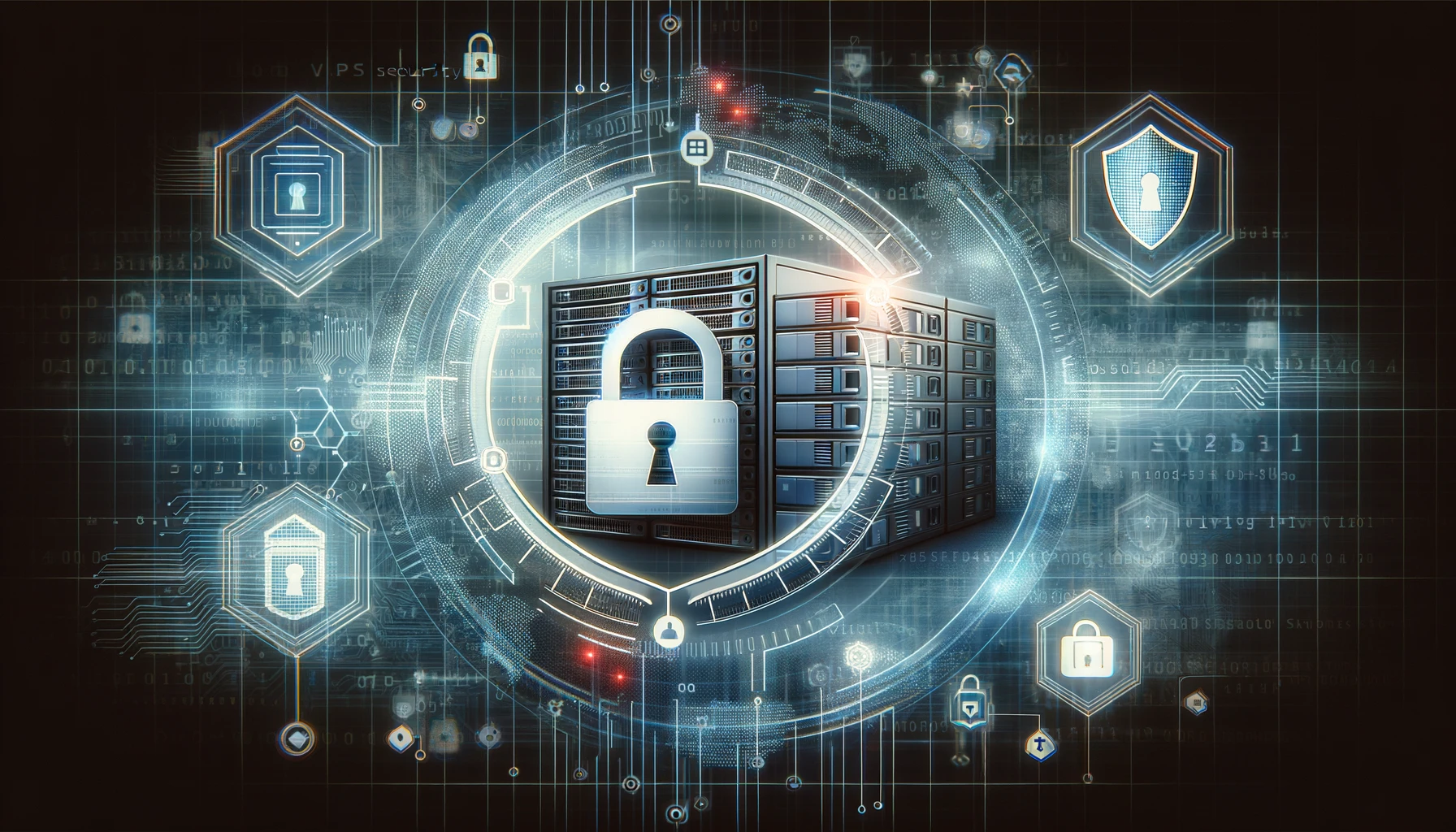FAQ
9. Security & privacy

In today’s rapidly digitalizing era, security and privacy have become crucial areas that businesses and individuals must prioritize. Whether it's protecting personal data or securing corporate information, effective measures must be taken to guard against potential threats and infringements. This article will discuss how to enhance security and privacy in the modern information technology environment.
Security typically refers to the ability to protect systems, networks, and data from unauthorized access and damage. Privacy involves measures to protect personal or corporate information from misuse or unauthorized access. In most legal systems, privacy is considered one of the fundamental human rights.
Security threats can come from various sources, including but not limited to:
To effectively protect data and systems, the following security measures are indispensable:
Protecting privacy requires not only technical measures but also lawful data processing and compliance with relevant laws and regulations, such as GDPR (General Data Protection Regulation) or CCPA (California Consumer Privacy Act). Here are some basic measures for protecting privacy:
When a data breach occurs, immediate action should be taken to minimize damage, including:
In modern society, the protection of security and privacy is an issue that every organization and individual must take seriously. By implementing robust security measures and privacy protection strategies, risks can be mitigated, user trust can be enhanced, and healthy business development can be promoted. In an ever-changing technological environment, continuously updating and adapting to new security and privacy challenges is essential.
Defining Security & Privacy
Security typically refers to the ability to protect systems, networks, and data from unauthorized access and damage. Privacy involves measures to protect personal or corporate information from misuse or unauthorized access. In most legal systems, privacy is considered one of the fundamental human rights.
Sources of Security Threats
Security threats can come from various sources, including but not limited to:
- Cyber Attacks: Such as DDoS attacks, phishing attacks, malware, and ransomware.
- Internal Threats: Employee negligence or intentional disclosure of sensitive information.
- Physical Security Threats: Inadequate physical access controls can lead to data theft or damage.
Implementing Security Measures
To effectively protect data and systems, the following security measures are indispensable:
- Strengthened Authentication: Implement multi-factor authentication (MFA) to enhance the security of access controls.
- Data Encryption: Encrypt data in storage and in transit to ensure that data cannot be read even if it is stolen.
- Regular Updates & Patch Management: Keep software and systems up-to-date to patch vulnerabilities that could be exploited.
- Security Audits & Monitoring: Regularly perform security audits and use monitoring systems to detect abnormal behavior and potential security threats.
Strategies for Protecting Privacy
Protecting privacy requires not only technical measures but also lawful data processing and compliance with relevant laws and regulations, such as GDPR (General Data Protection Regulation) or CCPA (California Consumer Privacy Act). Here are some basic measures for protecting privacy:
- Minimize Data Collection: Only collect data that is necessary to fulfill business purposes.
- Transparency & User Control: Inform users about how their data is collected, used, and shared, and provide control options that allow users to manage their information.
- Data Security Policies: Develop and implement privacy protection policies and regularly train employees on privacy and security.
Responding to Data Breaches
When a data breach occurs, immediate action should be taken to minimize damage, including:
- Immediate Response: Activate the incident response plan, assess the impact, and isolate the issue.
- Notify Stakeholders: Notify affected users and regulatory authorities in accordance with legal requirements and corporate policies.
- Follow-up Actions: Fix vulnerabilities, strengthen security measures, and conduct a post-mortem analysis to prevent similar incidents in the future.
Conclusion
In modern society, the protection of security and privacy is an issue that every organization and individual must take seriously. By implementing robust security measures and privacy protection strategies, risks can be mitigated, user trust can be enhanced, and healthy business development can be promoted. In an ever-changing technological environment, continuously updating and adapting to new security and privacy challenges is essential.FAQ Classification
Related FAQ
- 1. What is a VPS?
- 2. How is a VPS different from a dedicated server?
- 3. What to think about when choosing a VPS
- 4. Choose the Right VPS Configuration
- 5. Should I use Linux or Windows for my VPS?
- 6. Setting & Managing
- 7. How can I install apps or software on my VPS?
- 8. How to monitor VPS performance?
- 10. What security configurations and tools do I need?
- 11. VPS Performance & Optimization
